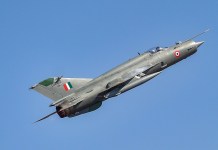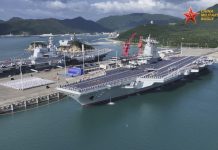The Airbus A340 is a long-range, four-engine, wide-body passenger aircraft. The plane has recently made history by landing on one of the most remote airstrips in the world.
The world’s southernmost continent, Antarctica, does not have any airports. However, the ‘White Continent’ does have around 50 landing strips and runways for fixed-wing aircraft.
These runways are made of gravel, sea ice, blue ice, or compacted snow. However, the sudden weather changes experienced on the continent make it extremely challenging for any jetliner to land there.
The first recorded flight to Antarctica was made in December 1928. It was a Lockheed Vega 1, flown by George Hubert Wilkins, an Australian military pilot, and explorer, according to the US Centennial of Flight Commission.
Wilkins took off from Deception Island in the South Shetland Islands. The entire project was funded by a wealthy American publishing tycoon, William Randolph Hearst.
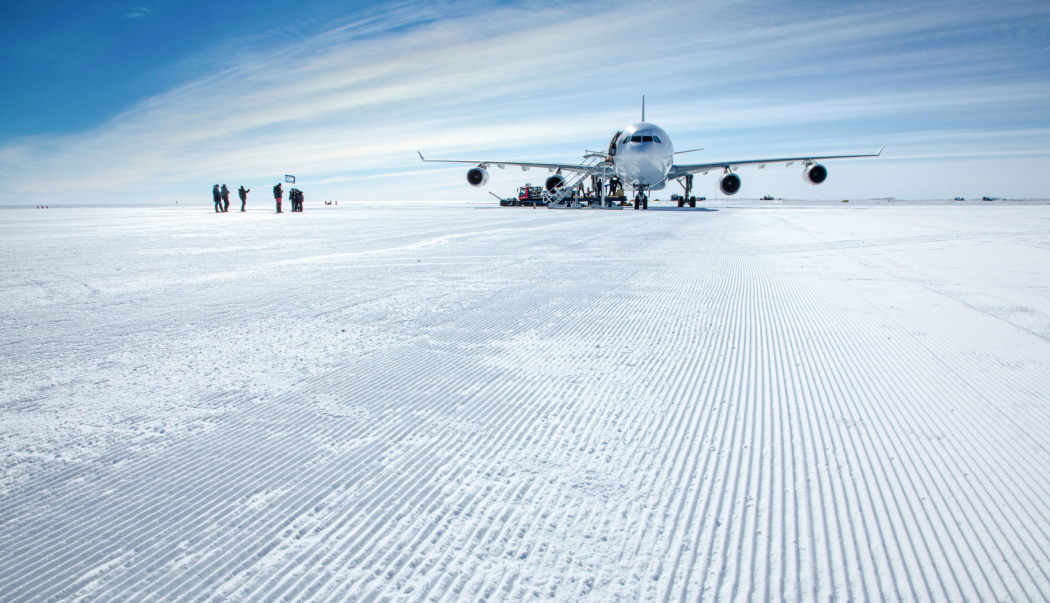
Apart from that, a Titan Airways Boeing 767 conducted a series of six flights between Cape Town and Novolazarevskaya, a Russian Antarctic research station, from November 2019 till February 2020. The runway here is 3000 m long, made up of blue ice, according to the aviation website, Simple Flying.
Earlier this year, Titan Airways also flew its ‘all-business configured’ 757 to the same Russian Antarctic research station to carry the participants of the World Marathon Challenge. The aircraft’s landing gears were equipped with extended and modified legs to help them overcome the shock from landing on ice.
Short exploratory flights such as these are the way scientists and mapmakers obtain crucial information about Antarctica and its topography. Along with these, Australia’s Antarctic Division (AAD) charters an A319-115LR for flying its research and support staff from Hobart to its three research stations on the Antarctic mainland. This jet was also deployed by the AAD for conducting a medical rescue mission in March this year.
Airbus A340 Joins the Race
It was for the first time in history when an Airbus A340 has landed in Antarctica. Hi Fly, a boutique aviation firm, was responsible for this trip. The company is known for wet-lease of aircraft, which means it leases the aircraft along with its crew and is responsible for the aircraft’s insurance, maintenance, and other logistics. During this flight, a Hi Fly 801took off from Cape Town, South Africa on November 2.
The aircraft had been commissioned by Wolf’s Fang, which is a new adventure camp located in this southernmost continent, and was used for bringing all necessary supplies to the resort in Antarctica, according to Hi Fly’s website.
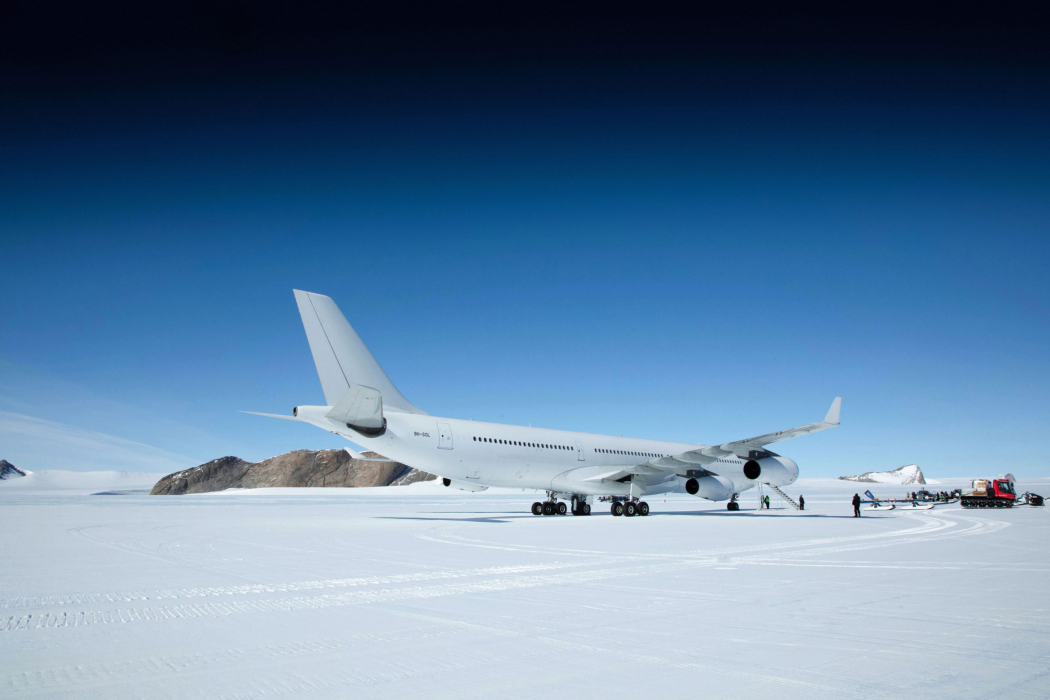
The Wolf’s Fang project was founded by a US tourism company, White Desert. The aircrew of the Hi Fly 801 and the Hi Fly 802, which was used for their return trip, was led by Captain Carlos Mirpuri, who is also the Vice President of Hi Fly.
Both Hi Fly 801 and 802 took around four to five hours to cover the distance between Cape Town and Antarctica and the crew spent less than three hours in the icy region. The distance covered by them was 2500 nautical miles.
The runway at the Wolf’s Fang facility in Antarctica was a blue-ice runway. It was designated as a C-level airport, which means only a crew highly specialized crew can fly there under challenging circumstances, CNN reported.
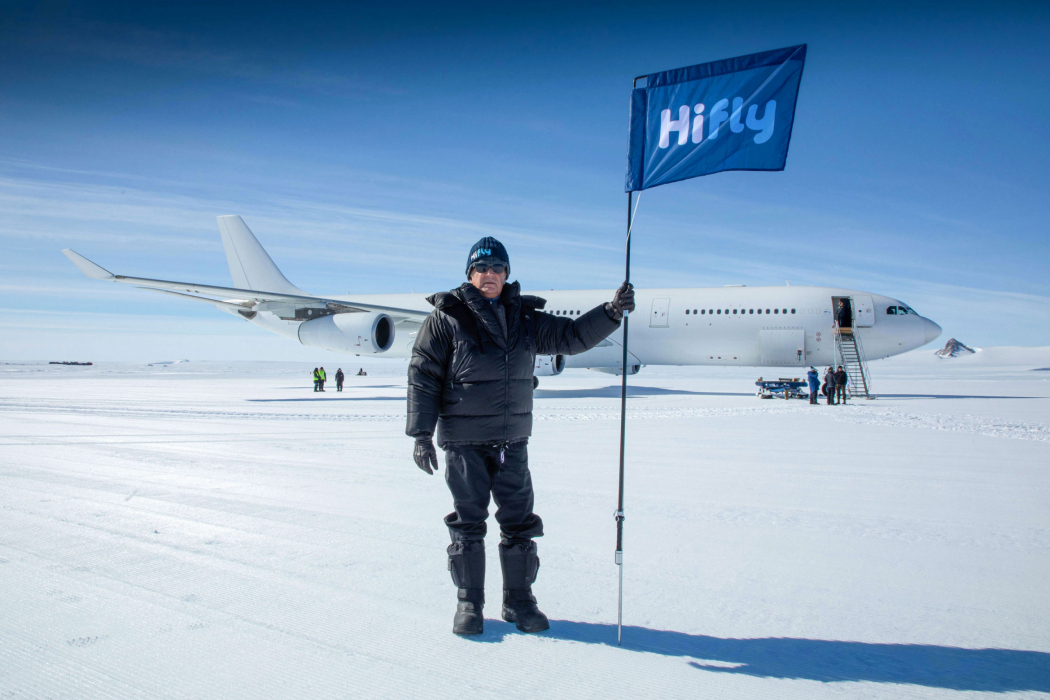
“The cooler it is the better”, Mipuri explained in his captain’s log. “Grooving is carved along the runway by special equipment, and after cleaning and carving we get an adequate braking coefficient; the runway being 3,000 meters long, landing and stopping an A340 that heavy on that airfield wouldn’t be a problem,” he was quoted as saying.
Even though the blue ice looks spectacular, its glare poses a major challenge to pilots. “The reflection is tremendous, and proper eyewear helps you adjust your eyes between the outside view and the instrumentation. The non-flying pilot has an important role in making the usual plus extra callouts, especially in the late stages of the approach,” Mirpuri said.
- Written by Kashish Tandon/EurAsian Times Desk
- Contact the author at: kashishtandon21@gmail.com
- Follow EurAsian Times on Google News

